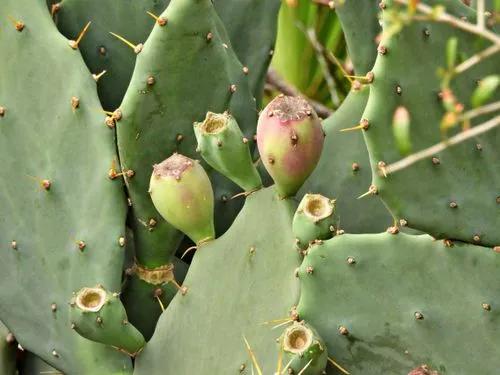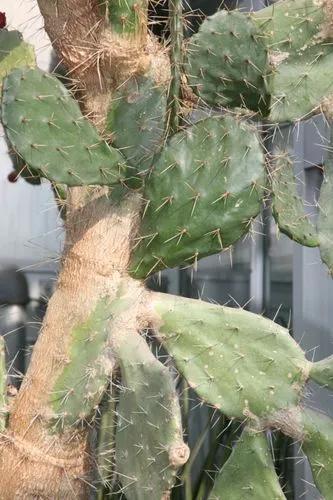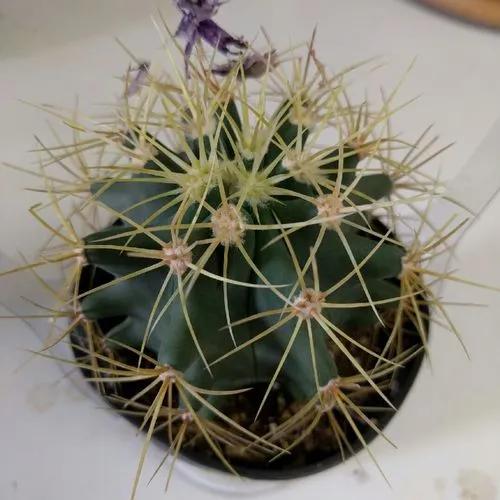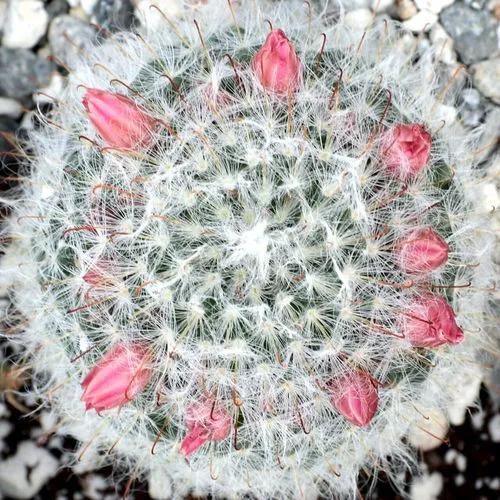Not all plants need extravagant flowers or luscious leaves to stand out. This green shrub will prove that simplicity and uniqueness are enough to conquer a spot in anyone’s garden.
Pencil Cactus Care
Euphorbia tirucalli



Native to Africa, Pencil Cactus is known for its toxic sap, alongside its medicinal benefits for treating a series of problems and diseases.
It consists of stiff and branching round green stems and sparse or absent leaves. It is mostly green, but bright direct sunlight can give it orange to reddish tints. This unique nature helps with unambiguous identification.
When it’s still young, they have a succulent-like texture that progressively becomes woodier as it matures. It bears small, rare flowers that are insignificant. Unlike most plants, this plant’s photosynthesis is done by the stems due to the absence of leaves.
How to Care for the Plant

Water

Moderate and sparse watering is best for Pencil Cactus. Allow for the first layer of soil to dry between waterings. Avoid overwatering or letting the soil soak, as it’s prone to root rot. It’s best to underwater, as this plant is drought tolerant. Overwatering will cause leaves to get mushy.

Pruning

Pencil Cactus can be pruned for shaping and to make fences and other structures, according to personal preferences. Pruning also prevents the stems from giving in their weight and laying on the ground. It can grow between 6-16 feet (2-5 m). Beware that pruning is difficult due to the sap, which is known for damaging equipment.

Fertilizer

This plant requires succulent fertilizer throughout spring and summer.

Sunlight

Full sun and plenty of bright light will make it thrive, with the bonus of getting some colorful tints.

Soil

It can sustain poor-quality soils and almost all kinds of soil as long as they’re well-drained.

Propagation

Propagate by the stem in soil all year long. Make sure that the sap runs out before planting.

Temperature

This plant won’t resist extreme cold temperatures and frost, so the temperature should be over 30 ºF (-1 ºC). It might tolerate lower temperatures, but only for short periods of time.

Container

Any kind of container is good as long as it has drainage holes.

Fun fact

It has been proven that the sap of this plant can be converted into gasoline in a simple and effective way without requiring too much land.

Popularity

12,252 people already have this plant 2,091 people have added this plant to their wishlists
Discover more plants with the list below
Related articles






